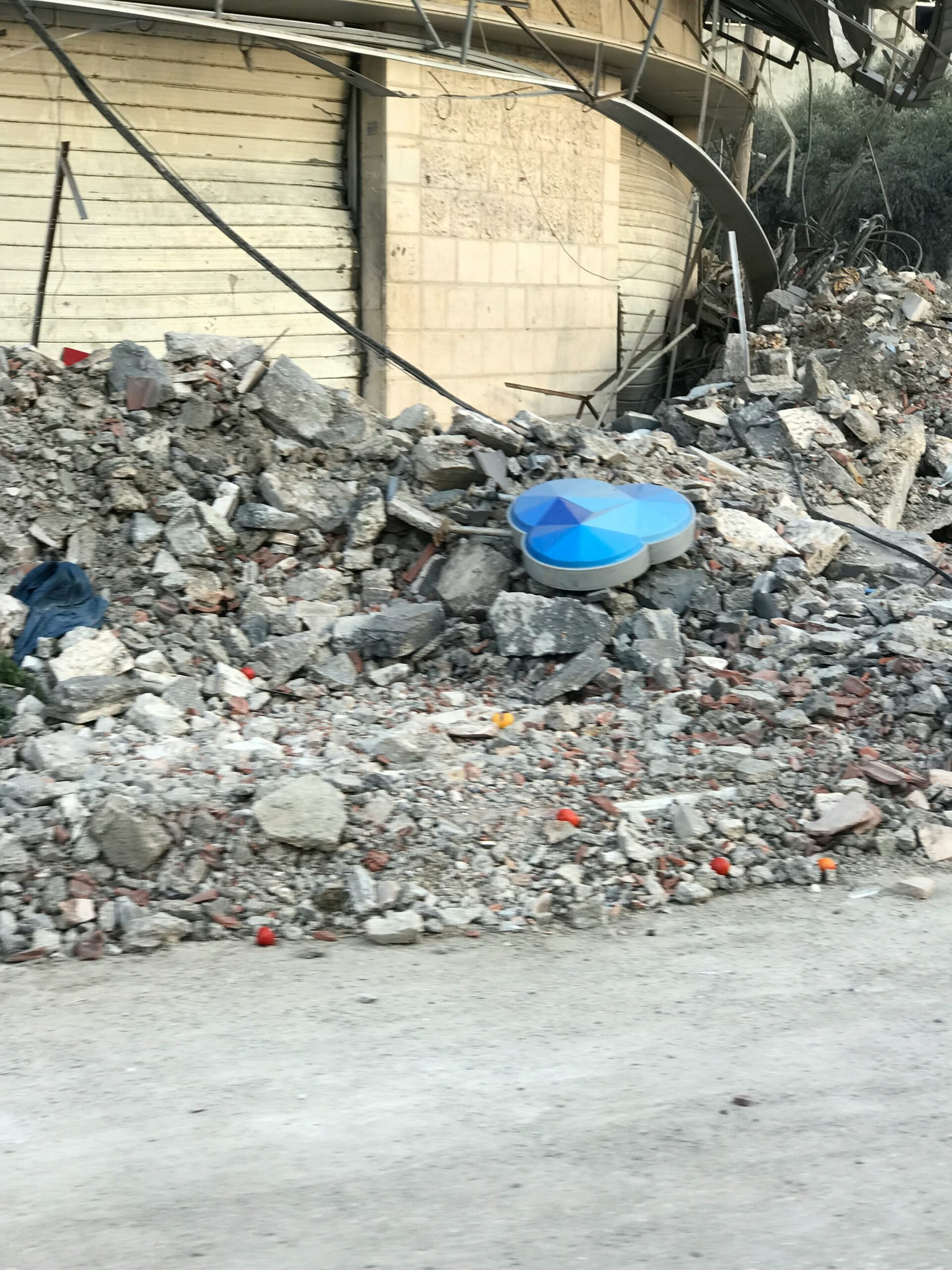
As Bob Marley once said, “One good thing about music, when it hits you, you feel no pain.” You may relate to this idea; that oftentimes music and life intersect intricately, so that the sounds of music may silence the inner noise that we find ourselves engulfed by in times of distress. In short, a simple melody can remedy life’s pressures and become the emotional escape we all desire.
In war-zones around the world, music has adopted this role of comfort and enrichment and has even become a lifeline for the people living there. For the youth of war-torn Gaza, musical expression has become a way in which they can feel peace and hope in a place and at a time where there is none.
Al Jazeera recently reported on teenagers Sama Njim and Saleh Jaber, former students of The Edward Said National Conservatory of Music based in Ramallah, Palestine. Having been forced to put their musical education on hold, the pair have kept up their talents by teaching and playing for the displaced children in Gaza. With Saleh on the Oud (Arabian acoustic instrument) and Sama on the violin, their mission is “to change the sounds [the children] hear during the war, the sound of strikes, the sound of crying, the sound of martyrs”.
A young boy, Hassan Al Halis, who attends Saleh and Sama’s musical classes and performances shares that “music releases sadness from ourselves, it makes me feel happier”. For the past twelve months, Hassan along with hundreds of thousands of other innocent children have lost their friends, family, education, and ultimately: their childhoods. With no clear end to the conflict in sight, these children turn to the temporary relief of Saleh and Sama’s music as a form of therapy and respite – a beacon of relief and joy and a distraction from the impossible situation they unwillingly face.
Speaking to The University Times, Sama Njim shared some insights surrounding the impact music has on her life in Gaza. Sama explained that “Music means everything to me because it is my only escape in this war.” She added that “the effect of the music I play is to restore hope again and make children happy by training them on the violin.” When asked about her hopes and dreams, Sama shared: “my hopes and dreams for the future are for this war to end, for me to return to my home to the neighbourhood in which I used to live, to return to playing at the Edward Said National Conservatory of Music, and to complete my studies.” Sama’s strength and dedication should be an inspiration to us all; a teaching of how to find the light in impossible situations.
Yet, it’s important to note that music has always played an integral role in Palestine’s history. Palestinian folk songs have been sung throughout the land since the Nakba of 1948 as a way to foster hope, solidarity, and inspiration amongst marginalised Palestinians at the time. This tradition of expressing and enriching Palestinian identity has translated into the music of today. With songs such as ‘Dammi Falastini’ by Mohammad Assaf and ‘Ghosn Zeytoun’ by Elyanna, it is clear that Palestinians value the power of music to express the suffering and grief that words cannot describe.
This practice of expressing nationalistic pride and love for one’s land through music is not alien to us here in Ireland. Ireland’s long-standing tradition of Sean-nós music as a vessel for political discourse and national aspirations is a facet of Irish culture that is still practised and celebrated to this day. Sean-nós (meaning ‘old-style’) singing is an ancient, traditional style of Irish music dating back to the Celtic era of 500 BC. Although encompassing a wide range of themes, Sean-nós music often deals with political and historical events, grief, suffering, and hope for a better future. Based on the tragedy of the Famine is the Sean-nós song ‘Ochón an Gorta Mór’, composed by Brendan Graham. This song guides the listener into an enthralling state of reflection, emotion and loss through its powerful lyricism and free rhythm.
Interestingly, when listening to Sean-nós music alongside the traditional music of Palestine, many unexpected similarities can be heard. Upon noticing the almost identical nasal-tone delivery, melismatic melody and free rhythm, these two seemingly opposing styles appear undeniably similar. This striking resemblance has led historians to discover the roots of Sean-nós in the Bedouin music of the Middle East and North Africa, as published in The Journal of Music. Hence, Ireland uncovers another link to the land of Palestine; not only do we have a shared history, but a shared sound too.
As Saleh and Sama continue to share their musical talents with the youth of Gaza, they are also discovering the next generation of musical talent in the region, sharing with Al Jazeera that they “found a lot of buried talent in Gaza”. Speaking to The University Times, Sama explains that “despite the lack of capabilities and the lack of good musical instruments, we continue to spread music and make children happy”. It is evident that the melodies of Gaza are nurturing the youth – demonstrating how song can lend itself as a fortifier of the spirit in dire situations.






